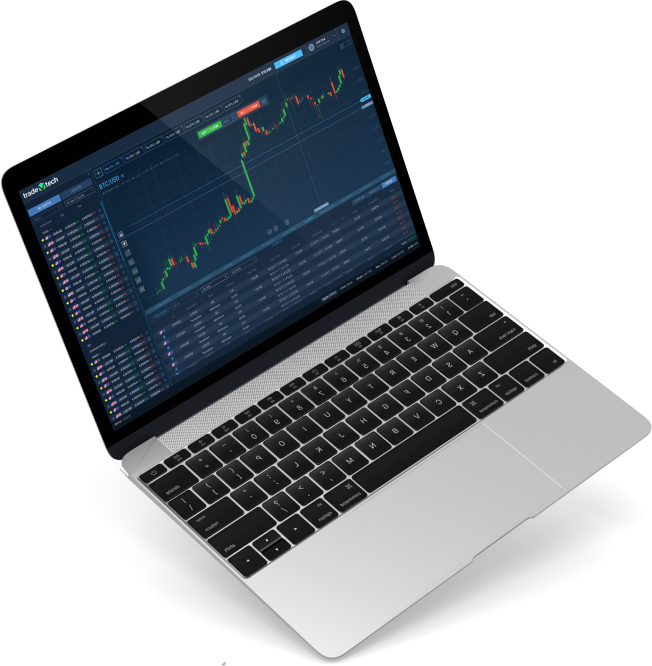In the ever-evolving world of international trade, securing financial transactions is paramount. However, amidst the legitimate trade finance institutions, there exists a lurking threat – trade finance scammers. These malevolent entities prey on unsuspecting businesses, offering seemingly attractive financial solutions while leaving a trail of broken dreams and empty pockets in their wake. This article, written in the spirit of safeguarding your business interests, explores the common red flags that may indicate you’re dealing with a trade finance scam and offers practical solutions to protect yourself from falling victim.
Red Flags of Trade Finance Scammers
1. Too Good to Be True Promises
One of the most glaring red flags of trade finance scams is offers that seem too good to be true. Be cautious if a lender promises unbelievably low interest rates, exceptionally high credit limits, or quick and guaranteed approval. Scammers often lure their victims with these enticing offers to make them part with their money.
2. Unverified Contact Information
Legitimate financial institutions proudly display their contact information. Scammers, on the other hand, may provide vague or unverifiable contact details. They often use free email accounts, such as Gmail or Yahoo, rather than official company domains. Verify their contact information before proceeding with any transactions.
3. Lack of Transparency
Transparency is a hallmark of reputable financial institutions. Be wary of any lender who avoids discussing their terms and conditions in detail, or who is unwilling to provide comprehensive documentation regarding the financial arrangement. Scammers thrive in the shadows and tend to avoid transparency at all costs.
4. Pressure Tactics
Trade finance scammers are notorious for employing high-pressure sales tactics. They may urge you to make quick decisions or insist that their offer is a limited-time opportunity. Legitimate lenders respect your decision-making process and provide you with ample time to review and understand the terms.
5. Poor Online Presence
In today’s digital age, a credible online presence is crucial. Scammers often lack a professional website or have a poorly designed one with grammatical errors and inconsistencies. Prioritize doing business with institutions that have a strong, professionally maintained online presence.
6. Unusual Payment Requests
Trade finance scammers frequently request payment via unconventional means, such as wire transfers to obscure offshore accounts. They may also ask for hefty upfront fees. Legitimate financial institutions typically adhere to standard payment methods and avoid these suspicious requests.
Protecting Your Business from Trade Finance Scams
1. Due Diligence
Before engaging with any trade finance institution, conduct thorough due diligence. Verify their credentials, check for reviews or complaints, and seek referrals from trusted sources in the industry.
2. Demand Detailed Documentation
Insist on comprehensive documentation that outlines the terms and conditions of the financial arrangement. Review it carefully and consult legal counsel if necessary to ensure your interests are protected.
3. Take Your Time
Do not succumb to high-pressure sales tactics. Take your time to review offers, consult with your team or advisors, and make informed decisions. Scammers thrive on impulsive decisions.
4. Secure Payment Methods
Always use secure and conventional payment methods when engaging in trade finance. Avoid wire transfers to unknown accounts and be cautious of excessive upfront fees.
5. Report Suspected Scams
If you encounter what you believe to be a trade finance scam, report it to the relevant authorities or regulatory bodies. Your actions may prevent other businesses from becoming victims.
In conclusion, safeguarding your business from trade finance scammers is paramount in the world of international trade. By remaining vigilant, conducting due diligence, and demanding transparency, you can protect your financial interests and ensure the growth and success of your business.





